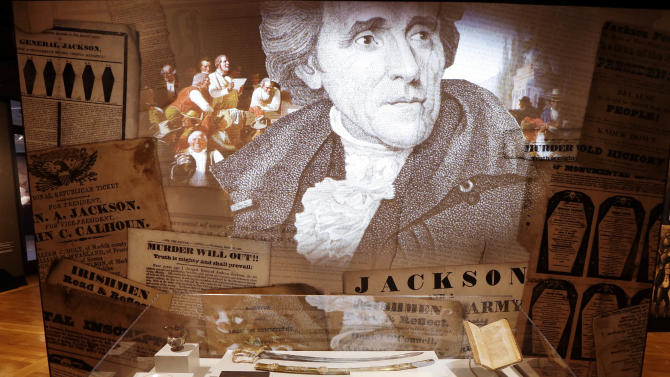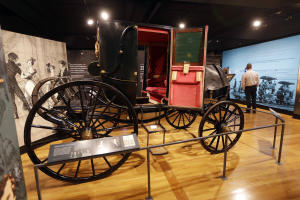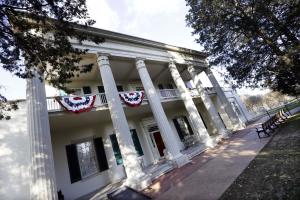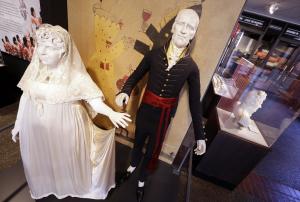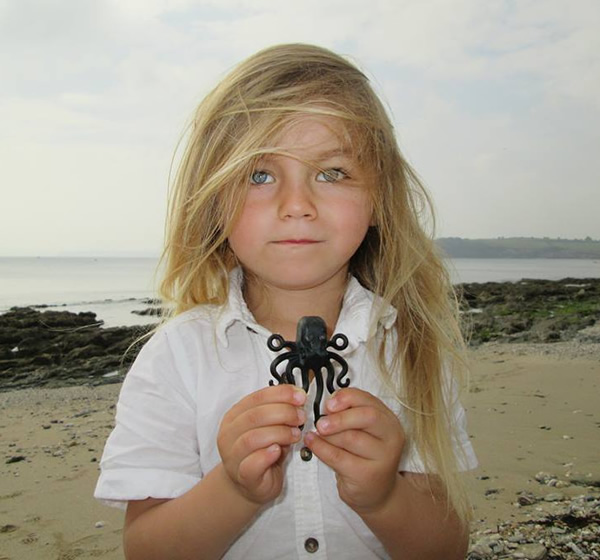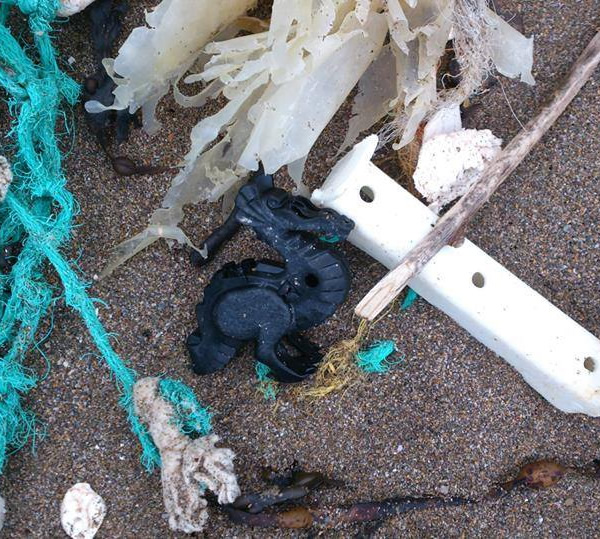While
they are sometimes embarrassing, there aren’t likely many politicians
out there who would decry the thought of a background check before
taking office. After all, shrub’s DUI arrest didn’t prevent him
from stealing office. This is exactly why some people are scratching
their heads over a newly elected school board member in Georgia, Stan
Jester, refusing to take a background check.
Stan Jester Refuses Background Check
The chairman of the DeKalb School Board, Dr. Melvin Johnson, has
stated that everyone working for the school district, including those
who are just volunteering, must undergo a background check and
fingerprinting. He says he was actually surprised by the fact that
Jester
refused this process.
Jester would defend himself by saying the following:
“It is a conflict of interest to be investigated by the agency I was elected to oversee. It should be done by a third party.”
Well, that sort of makes a little sense. In a warped kind of way.
What exactly, though, does Jester think the difference of these two
background checks will be? Does he think the school board will make
something up in his background that he won’t be able to disprove?
Jester would go on to say:
“I do not object to a thorough background check
or being fingerprinted. In fact, last week, I sent the chair a copy of
my background check completed by the Dunwoody Police Department.
Additionally, I have already made arrangements to have my fingerprints
taken by the DeKalb County Police Department to address anyone’s
concerns.”
Well, that seems all right then. While it may be a little childish to
refuse a background check by the school board, everything should be
okay since he had police perform his background check, right?
Wrong.
The Tale of Two Background Checks
We all know what a police background check reveals: a criminal
record. Shouldn’t that be the end of the story for Jester? Of course
not. Anyone who has ever undergone an employment background check knows
that it’s
more than just criminal records that are checked for.
Credit records, for instance, are viewed as imperative for those in
positions of trust, and are a common part of employer background checks.
These checks also often include education record checks. After all, how
else can you prove a person is telling the truth about their
educational background?
Employer background checks also often uncover non-criminal court
records and past employer information. Even character references and
professional licenses are often checked.
Now, this isn’t to say that DeKalb School Board’s background check
includes all of these. The simple fact, though, is that employer and
criminal background checks are starkly different. As someone who will be
involved in the education of our children, shouldn’t we know a bit more
than “he’s never been arrested”?
Neither was Manson, until he was.
The repugican connection
Now, Jester has made sure that he’s listed as not affiliated with any
party on the ticket. This would be a smooth move for a repugican in a
county that’s predominantly African American, such as DeKalb, but it
probably wouldn’t matter either way since Jester ran unopposed.
Of course, it wouldn’t be fair to say that Jester was a repugican
just because of his incredibly shady decision not to undergo the school
board’s background check. Maybe then, we can look at the fact that his
wife,
Nancy Jester, sought the repugican nomination for the Georgia State Superintendent of Schools.
There are undoubtedly marriages between repugicans and Democrats out there, but Nancy also bragged
about receiving the endorsement of Debbie Dooley, a teabagger
co-founder and member of the Board of 'teabagger patriots'. Now, if you’re
a Democrat or a logic-oriented repugican, please tell me whether
there’s any amount of love in your heart that could have you stomach
someone with links to the teabaggers.
Let’s keep going, though; Stan also has his own “fact checker” site.
After all, why should he trust all those other legitimate ones out there
to tell the truth? He often posts these stories on his Facebook page as support for his ideas, but in addition, you get an awful wingnut vibe from reading his posts.
On one of his posts, for instance, he lists off the
reasons
why having immigrant children enrolled in public schools is bad. In
another, he tells John Evans, the president of the DeKalb County branch
of the NAACP, that instead of fighting discrimination against African
Americans, he’s fueling “
the fires of racial tensions.”
He even goes on to quote Martin Luther King Jr. to justify his statement to Evans. As we all know, it’s a
common tactic
of repugicans to claim Martin Luther King Jr. as their own. Seems even
after over 150 years, wingnuts still believe they can own a black
man against his will.
Jester even openly
speaks out
against taxes while speaking of how badly the schools in his county are
doing. Because he probably has other ideas, besides increased funding,
to get the schools back on track.
So while Jester may say he’s unaffiliated on paper, he’s apparently
nothing more than a repugican, potentially teabagger in nature, who
managed to get elected thanks to a lack of opposition and now thinks
that a background check proving his worth is asking too much.






